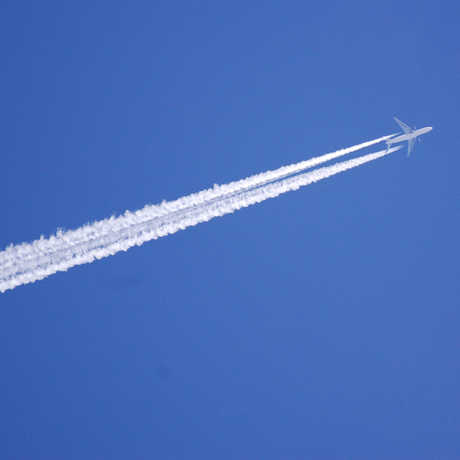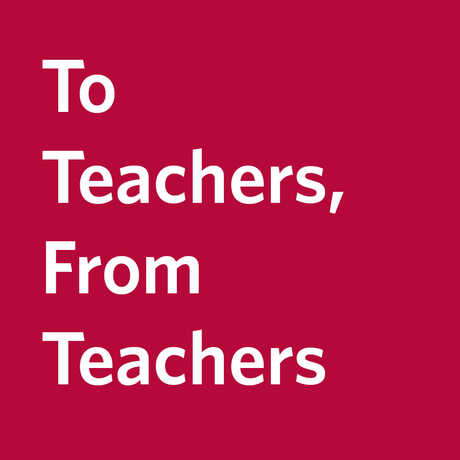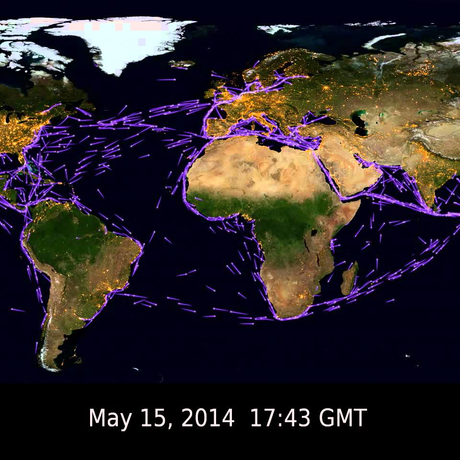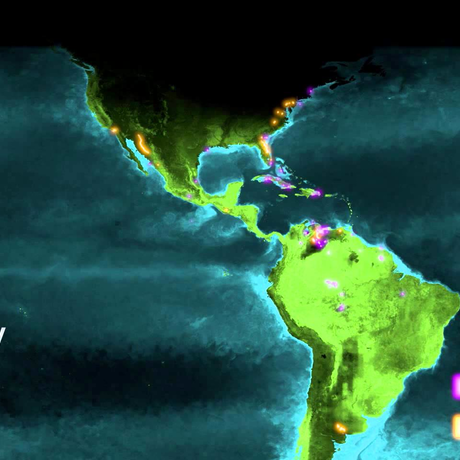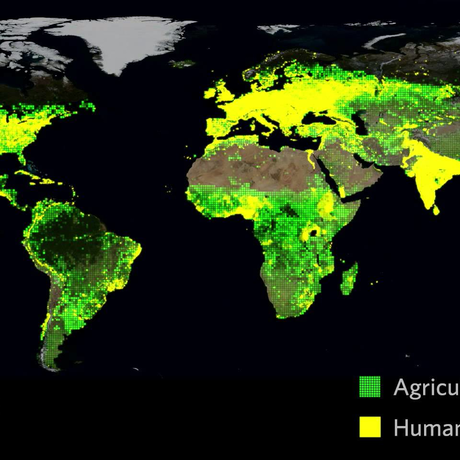"How Quickly do Ships Cross the Ocean and How Many Planes Are in the Sky are great videos to show modern transportation. Students get a great visual on human impact by seeing all of those lights and what they represent. The habitat earth video is a great overview that ties in many subjects and provides a scaffold for students to build content on. Planes, trains or bicycles ties in with our unit on Human Impact and Climate Change." -6th Grade Science Teacher from Stockton, CA
"I would love to use some of the videos and guiding questions as a way to provide connections to real-world phenomenon." -High School Life and Physical Science Student Teacher from Berkeley, CA
Have an idea you'd like us to post on this page? Email us.
Visualizations based on aggregated data provide the unique opportunity to engage your students in various Science Practices highlighted in the Next Generation Science Standards, including asking questions, analyzing and interpreting data, and constructing explanations. As an example, Academy educators developed sample activities such as this one and this one.
